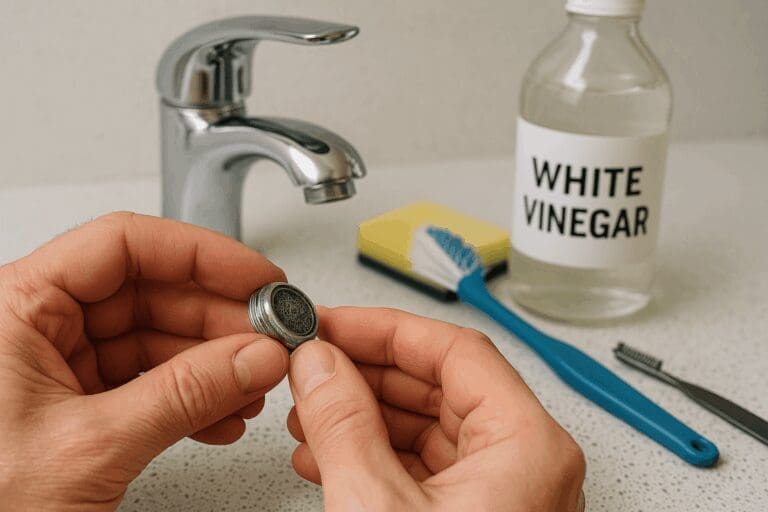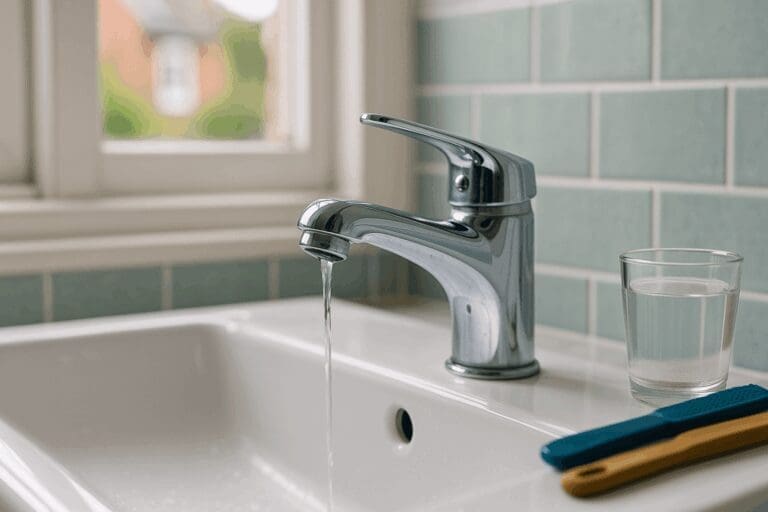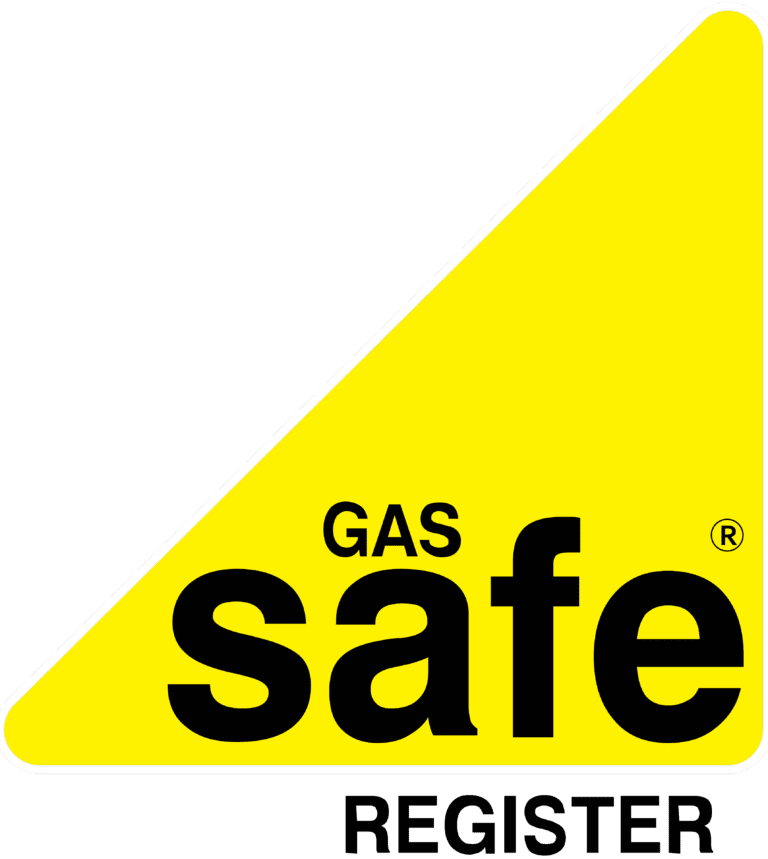Table of Contents

Low water pressure affects 1 in 4 UK homes, causing frustration with weak showers, slow-filling taps, and inefficient appliances. Before calling a professional, use this diagnostic guide to identify and potentially resolve common water pressure problems that cost homeowners hundreds in unnecessary callouts.
Understanding UK Water Pressure Standards
Normal Pressure Ranges:
- Mains pressure: 2-4 bar (typical UK supply)
- Minimum acceptable: 1 bar for basic fixtures
- Shower requirements: 1.5+ bar for satisfactory performance
- High-pressure appliances: 2+ bar for washing machines, dishwashers
Pressure varies significantly across the UK:
- London and Southeast: Often higher pressure (2.5-4 bar)
- Rural areas: Frequently lower pressure (1-2 bar)
- Upper floors: Reduced pressure due to gravity
Quick Diagnosis: Identifying the Problem
Test 1: Whole House vs Individual Fixtures
Check multiple taps simultaneously:
- If ALL taps have low pressure: Mains supply issue
- If SOME taps affected: Local fixture/pipe problem
- If UPSTAIRS only: Gravity/pump issue
- If HOT water only: Boiler/cylinder problem
Test 2: Timing Patterns
Pressure varies by time:
- Morning/evening weak: Peak demand issue
- Consistent low pressure: Pipe/fixture blockage
- Intermittent problems: Air in system or valve issues
- Recent sudden change: New blockage or leak
Test 3: Hot vs Cold Water
Cold water pressure normal, hot water weak:
- Boiler heat exchanger blockage
- Hot water cylinder issues
- Mixing valve problems
Both hot and cold affected equally:
- Mains supply problem
- Internal pipe blockages
- Stop cock partially closed
Common Causes and DIY Solutions
1. Partially Closed Stop Cock
Symptoms: Gradual pressure reduction across entire property Location: Usually near water meter or where mains enters property Solution:
- Locate main stop cock (check with water provider if unsure)
- Turn anti-clockwise to fully open
- Test pressure at multiple taps
- If stop cock won’t turn, contact water provider
Cost: £0 (DIY fix)
2. Blocked Aerators and Shower Heads
Symptoms: Poor flow from specific taps or showers Cause: Limescale buildup in hard water areas Solution:
- Remove aerator from tap spout (unscrew anti-clockwise)
- Soak in white vinegar overnight
- Use old toothbrush to remove stubborn deposits
- Rinse thoroughly and reinstall
For shower heads:
- Fill plastic bag with vinegar
- Secure bag around shower head with rubber band
- Leave overnight, then rinse and test
Cost: £2-5 for white vinegar
3. Internal Pipe Blockages
Symptoms: Pressure loss affecting multiple fixtures Common locations:
- Kitchen sink (grease buildup)
- Bathroom basin (soap/hair deposits)
- Shower (soap scum and limescale)
DIY Cleaning:
- Hot water flushes for minor blockages
- Approved pipe cleaning products
- Professional drain snake for accessible blockages
Professional help needed for: Main pipe blockages, underground leaks, or complex internal pipework.
4. Gravity Feed System Issues
Common in older UK properties with cold water tanks
Symptoms:
- Weak upstairs pressure
- Good ground floor pressure
- Pressure varies with tank water level
Check:
- Tank water level (should be nearly full)
- Tank feed valve operation
- Tank isolation valves fully open
Professional solutions: Pump installation, system conversion, or tank repositioning.
Hot Water Pressure Problems
Combi Boiler Issues
Symptoms: Good cold pressure, poor hot water flow Common causes:
- Heat exchanger limescale (especially hard water areas)
- Low gas pressure to boiler
- Boiler flow rate restrictions
DIY checks:
- Verify boiler pressure gauge reading (1-1.5 bar)
- Check multiple hot taps
- Note any boiler error codes
Professional required: Internal boiler work must be carried out by Gas Safe registered engineers.
System Boiler/Cylinder Problems
Hot water cylinder systems:
- Check cylinder thermostat settings
- Verify hot water pump operation (if fitted)
- Test cylinder isolation valves
Advanced Diagnosis Tools
Water Pressure Gauge Testing
Equipment needed: Water pressure gauge (£15-25) Connection: Screw onto outside tap or washing machine connection Readings:
- Below 1 bar: Contact water provider
- 1-1.5 bar: Consider pressure improvement solutions
- Above 2.5 bar: Pressure reducer may be needed
Flow Rate Testing
Simple bucket test:
- Use 10-litre bucket and stopwatch
- Time how long to fill from problematic tap
- Calculate litres per minute
- Compare with manufacturer specifications
Typical flow rates:
- Kitchen tap: 12-15 litres/minute
- Basin tap: 8-12 litres/minute
- Shower: 8-25 litres/minute (depending on type)
Professional Solutions for Persistent Problems
Pressure Improvement Options
Accumulator Tanks (£200-400 installed):
- Store pressurised water for improved flow
- Effective for short-duration high-demand use
- Suitable for system boiler setups
Water Pressure Pumps (£300-800 installed):
- Boost pressure throughout property
- Available in single or whole-house options
- Require electrical connection and maintenance
Mains Pressure Upgrade:
- Contact water provider for assessment
- May involve infrastructure improvements
- Usually free if supply below minimum standards
When to Contact Your Water Provider
Contact immediately if:
- Pressure below 1 bar consistently
- Recent sudden pressure loss
- Multiple properties in area affected
- New developments causing supply issues
Water providers must investigate: Supplies below 1 bar or sudden pressure changes affecting multiple properties.
Cost-Effective Improvement Strategies
DIY Improvements (£10-50)
- Clean all aerators and shower heads
- Check and fully open stop cock
- Install low-pressure shower heads
- Optimise appliance connections
Professional Improvements (£200-800)
- Pressure pump installation
- Accumulator tank fitting
- Pipe diameter upgrades
- System conversion assessments
Prevention and Maintenance
Regular Maintenance:
- Clean aerators monthly in hard water areas
- Annual heating system service
- Check stop cock operation annually
- Monitor pressure changes over time
Early Warning Signs:
- Gradual flow reduction
- Appliances taking longer to fill
- Shower performance declining
- Unusual noises from pipes or fittings
Understanding your home’s water pressure issues helps you communicate effectively with professionals and avoid unnecessary costs. Many pressure problems have simple solutions, but complex issues require experienced diagnosis and professional installation.
For comprehensive water pressure assessment and professional solutions, contact Plumbing Angels on 01732 792 454. Our experienced engineers diagnose pressure problems and recommend cost-effective solutions for your specific situation.

Below 1 bar is considered low pressure. Typical UK mains pressure ranges from 2-4 bar. Showers require 1.5+ bar for satisfactory performance, while high-pressure appliances need 2+ bar.
Usually indicates boiler heat exchanger limescale buildup (common in hard water areas), hot water cylinder issues, or mixing valve problems. This requires professional diagnosis, especially with gas appliances.
Water pressure pump installation requires professional fitting due to electrical connections, plumbing modifications, and building regulations compliance. DIY installation may void warranties and insurance coverage.
Contact immediately if pressure drops below 1 bar consistently, sudden pressure loss occurs, or multiple properties are affected. Water suppliers must investigate supplies below minimum standards.
DIY improvements (cleaning aerators, opening stop cock) cost £0-50. Professional solutions range from £200 (accumulator tank) to £800 (whole-house pump system). Assessment determines the most cost-effective solution.
Not necessarily. Many older homes have gravity-fed systems that can be upgraded. Age alone doesn’t determine pressure – pipe condition, system type, and mains supply are more important factors.
Good pressure starts with good diagnosis. Know your system, know your options.

